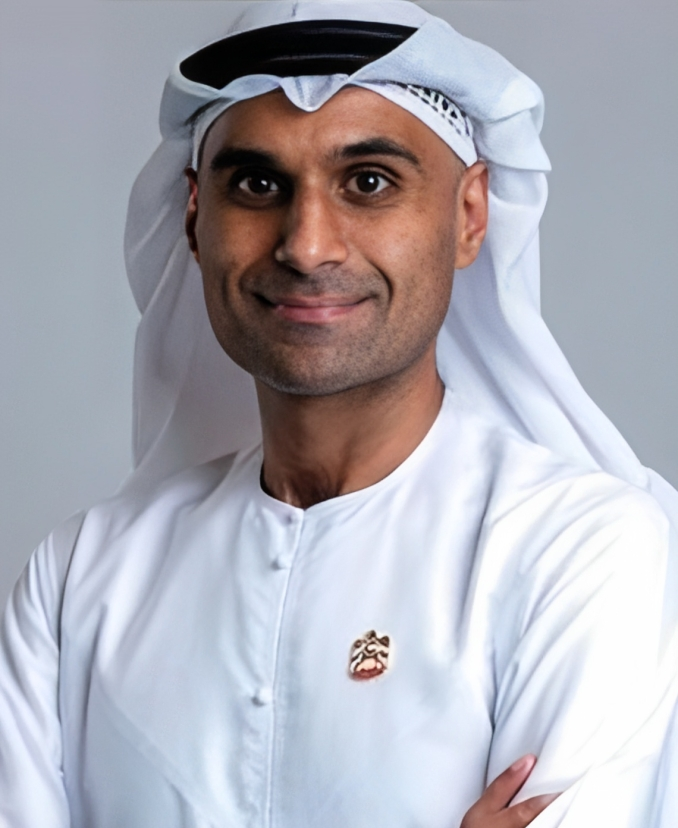R&D Lifecycle

In my recent article published in the UAE’s Al Etihad newspaper, I divided the R&D lifecycle into three phases:
- Lab phase (knowledge release)
- The marketing phase (knowledge commercialization)
- Societal Impact (Knowledge Impact) stage
So I summarized it in one sentence: “From lab to market for society.”
After publishing this article, I received many questions about the practical steps of the R&D lifecycle.
In this article, I will write about the steps in each stage of the R&D lifecycle. In total, there are six practical steps divided into three phases as I explained earlier.
Phase I (Lab: Knowledge Edition):
Step one: Inputs:
At this stage, the most important inputs are financial support (funding), researchers, equipped laboratories, and availability of statistics.
Step Two: Activities:
This is where the activities actually begin, such as laboratory experiments, statistical analysis, field research, and other well-known methods of scientific research. My colleague and former professor, Bo Ahmed, calls it the industrialization phase.
Step three: Outputs:
Scientific research produces a variety of outputs, one of the most important of which is usually Publications, which play a key role in disseminating knowledge. Currently, we are living in what is known as the “sixth” generation of R&D, and it would take another specialized article to explain the evolution of the R&D sector over the ages. In addition to publications, there are other outputs such as patents, startups, and industrial solutions.
After the third step, we move on to the second stage, which is knowledge commercialization.
Phase Two: Knowledge Commercialization.
Step four: Investment marketing.
At this stage, there are two steps, and I call the first one “investment commercialization.” In my personal opinion, this is the most important step of all the stages of the R&D lifecycle, as history has taught us. We can use the famous example of Thomas Edison and Nikola Tesla. Nikola Tesla was a much better scientific researcher than Edison, but Edison was a savvy marketer who knew how to monetize his inventions. Therefore, my advice to scientific and academic researchers is to learn how to understand entrepreneurship, marketing, business plan development, and other concepts that make a scientific output commercially viable.
Step five: Outcomes.
The results of scientific research in the “knowledge commercialization” phase include product management. For example, there are many products resulting from applied research that, without good commercialization, may not achieve the success they deserve due to poor results management and lack of strategic thinking.
For example, Kodak was the first company to work on the idea of digital imaging, patented it, and successfully commercialized it, but the results management was not realistic, as they saw that digital imaging does not bring much profit for the effort. Proper product management and analyzing feedback are key in this step.
The final stage is the “knowledge effect”.
We conclude with the sixth and final step, “Impact”. This step is the final touch on the work of a particular applied science research team.
For example, dementia is a major challenge for humanity. Let’s apply the six steps we explained in this example:
First step: Secure the right funding with the right research team and labs.
Step Two: Research and experimentation to find a solution.
Third step: Discover a special serum that can prevent dementia in humans.
Step four: Develop a proper marketing plan with international recognitions such as the FDA and set affordable prices.
Step five: Improve the product based on the initial suggestions and optimize the sourcing strategy.
Step six: The societal impact appears through reducing cases of dementia, saving the state the costs of traditional treatment, utilizing the expertise of senior citizens and improving the quality of life, thus achieving economic and social benefits for the state from this trip within the framework of what is known as the knowledge economy.
In conclusion, I tried to summarize the life cycle of scientific research through its three phases and the six steps that are distributed among these phases.
Best regards.
Prof Dr. Ghanim Kashwani
PhD CEng FICE FEI
November 2023
Board Member
Emirates Scholars





